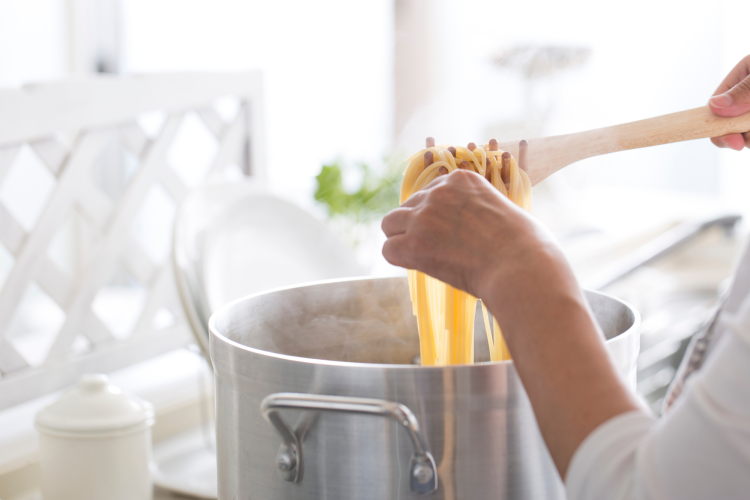When it comes to precise cooking, understanding saucepan sizes is crucial for every kitchen professional. Knowing how are saucepan sizes measured can dramatically affect the outcome of your dishes, ensuring that you use the correct pan for the job. In this article, we will delve deep, providing you with the information you need to measure and select the right saucepan sizes effectively.
Measuring saucepan sizes doesnt just stop at comparing diameters; it involves understanding volume, usability, and cookware quality. If you want to nail down the art of sauce preparation or perfect delicate reductions, this guide will equip you with the skills to do so efficiently.

The Basics of Saucepan Sizes
Before diving into detailed measurements, let's cover the basics:
- Diameter: This is measured straight across the top rim of the saucepan, providing the size used to determine whether it fits on burners and what dishes can comfortably cook within.
- Depth: This helps in determining how much liquid a saucepan can hold.
- Volume: Measured in liters or quarts, this clarifies the actual capacity of the saucepan.

How Are Measurements Taken?
Now that we know the basic terms, lets look into how saucepan sizes are measured in practice:
1. Measuring Diameter
Use a ruler or measuring tape to find the width of the saucepan at the top edge. Ensure that you measure at the widest part for accuracy. For proper cooking, the diameter influences the amount of heat retained and distributed.
2. Measuring Depth
To measure the depth of the saucepan, place the measuring tape vertically from the bottom to the top edge. This measurement affects the cooking method you choose. For example, deeper saucepans are better for boiling larger quantities.
3. Measuring Volume
The volume of the saucepan can be determined by filling it with water and then pouring the water into a measuring jug. This method is particularly useful in a professional kitchen where specific volumes are required for recipes.
Common Sizes and Their Uses
Most saucepans come in several common sizes:
- 1-quart: Ideal for sauces, small servings, and melting butter.
- 2-quart: Great for cooking pasta, vegetables, or single servings of soups.
- 3-quart: Used for larger batches of sauces, soups, or stews.
- 4-quart and above: Typically used for family-sized meals, large stocks, or dishes requiring more liquid.

Material Impact on Measurements
Different materials can change the performance and measurement of a saucepan:
- Stainless Steel: Known for even heat distribution, stainless steel pans often have thicker walls.
- Non-stick: These typically require specific care but can be vital when cooking delicate foods.
- Copper: Excellent heat conductivity and responsive to temperature changes, perfect for delicate sauces.
Special Measurements for Specific Needs
In professional kitchens, specific measurements are essential. For example:
- Conical Shape: Some pans have a tapered shape which is essential for sauces that require reduction, allowing it to heat evenly and trap flavor.
- Heavy Bottom: Provides stability in cooking and even heat distribution, critical for slow sauces.
Tools You Might Need
To measure saucepan sizes accurately, consider using:
- Measuring Tape: For precise dimensions.
- Liquid Measuring Jug: To check volume by filling with water.
- Digital Scale: Useful for very specific volume-to-weight conversions.
Practical Applications in Professional Cooking
Understanding how to accurately measure saucepan sizes is crucial in a professional kitchen. Here's how it impacts daily cooking:
- Portion Control: Knowing sizes can help in serving appropriate portions and reducing food waste.
- Cooking Times: Different sizes will require different cooking times, which is crucial for timely service.
- Flavor Development: The correct size can help in enhancing flavors through evaporation or concentration.
Maintaining Your Saucepans
While knowing how are saucepan sizes measured is essential, maintaining their quality also matters:
- Cleaning Techniques: Always follow recommended cleaning methods for each material.
- Removing Burnt Food: Understand techniques to maintain the appearance and functionality.
Frequently Asked Questions
-
What size saucepan is best for everyday cooking?
A 2-quart saucepan is versatile for many everyday tasks, providing enough capacity without taking up excessive space.
-
Can I use a saucepan on induction cooking?
Ensure your saucepan is induction-compatible, typically indicated by a symbol on the bottom.
-
How do I know if my saucepan is the right size for my recipe?
Always read the recipes capacity requirements and measure accordingly to ensure proper cooking.
As an Amazon Associate, I earn from qualifying purchases.







Leave a comment
This site is protected by hCaptcha and the hCaptcha Privacy Policy and Terms of Service apply.